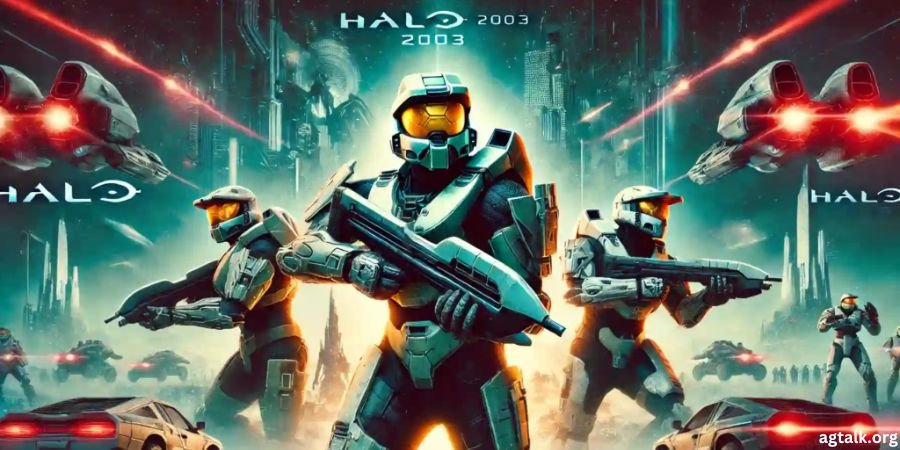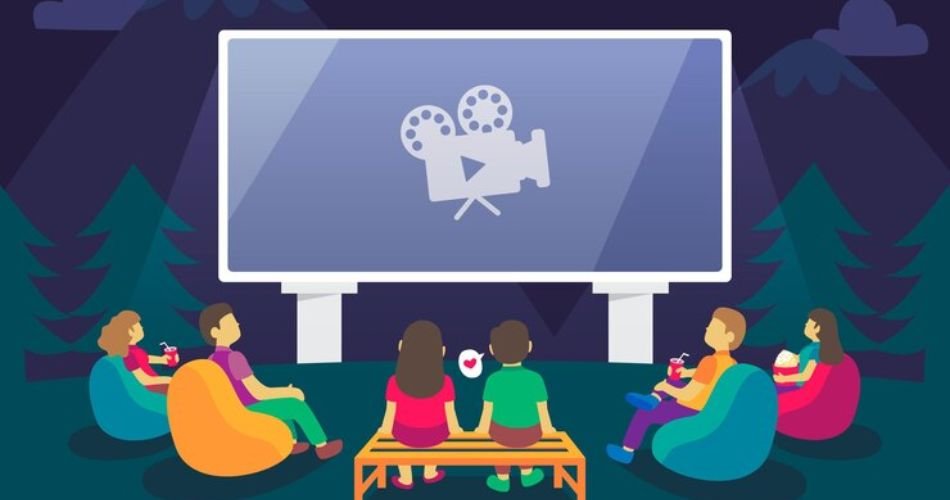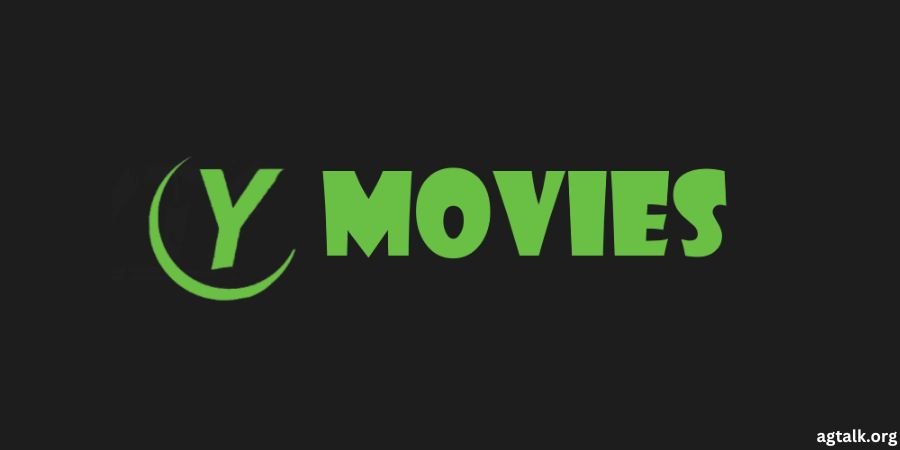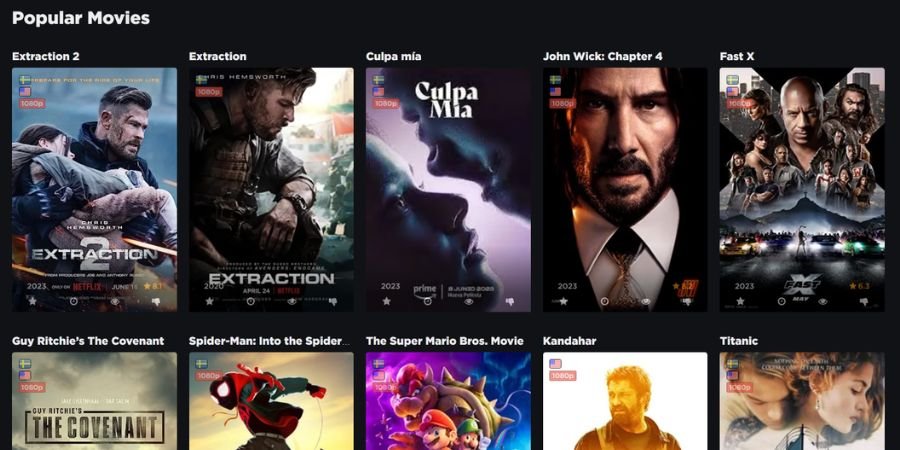The Evolution of Halo (2003) Game Icons Banners
Halo (2003) Game Icons Banners are more than just visual elements; they are symbols that have defined an entire generation of gaming. When Halo was released, it not only revolutionized the first-person shooter genre but also established a distinctive visual identity that has become synonymous with the franchise. From the iconic Master Chief helmet to the striking in-game banners representing various factions, these elements have played a crucial role in immersing players in the Halo universe. This introduction explores the significance of these icons and banners, delving into their design, evolution, and lasting impact on both the game and its cultural legacy.
This article delves into the significance of Halo (2003) Game Icons Banners, exploring their design, evolution, and cultural impact.
The Emergence of Halo: A 2003 Phenomenon
When Halo was released in 2003, it was more than just a game; it was a cultural phenomenon. The game introduced players to an expansive sci-fi universe, compelling gameplay, and a memorable protagonist in Master Chief. But what truly set Halo apart was its attention to detail, particularly in its visual design. The game’s icons and banners weren’t just decorative elements; they were integral to the Halo experience, enhancing immersion and contributing to the game’s storytelling.
The Role of Visual Design in Halo
Visual design in Halo goes beyond aesthetics; it plays a crucial role in the game’s narrative and player engagement. Game icons, such as the Master Chief helmet or the UNSC insignia, serve as symbols of the game’s identity, instantly recognizable to fans and newcomers alike. Similarly, in-game banners not only mark territories or factions but also convey the tone and atmosphere of the Halo universe.
Iconic Game Icons of Halo (2003)
The design of halo (2003) game icons banners reflects a careful balance between simplicity and symbolism. The Master Chief’s helmet, for instance, is more than just a piece of armor; it represents the stoic and relentless nature of the game’s protagonist. The Covenant emblem, with its sleek and alien design, communicates the otherworldly threat that players face. Each icon is crafted to be instantly recognizable, yet rich with meaning, embodying the essence of the Halo universe.
The Evolution of Halo Banners
Banners in Halo serve both functional and narrative purposes. They designate control points in multiplayer maps, represent different factions, and add a layer of authenticity to the game world. Over the years, these banners have evolved, becoming more intricate and varied as the Halo series expanded. From the simple yet striking banners in Halo: Combat Evolved to the more complex designs in later installments, these elements have grown alongside the franchise, reflecting its increasing depth and sophistication.
Cultural Impact of Halo’s Visual Elements
Halo’s visual design has had a profound influence on both the gaming industry and popular culture. The game’s icons and banners have inspired countless imitations and homages, appearing in other games, fan art, and even tattoos. The Master Chief helmet, in particular, has become a symbol of gaming excellence, recognized even by those who have never played the game. These visual elements have transcended the screen, becoming part of the broader cultural lexicon.
The Artistic Process Behind Halo’s Icons and Banners
The creation of Halo’s icons and banners was a meticulous process, driven by Bungie’s talented design team. Utilizing a combination of traditional drawing techniques and cutting-edge digital tools, the artists crafted visuals that were both functional and evocative. The design process involved numerous iterations, with the team constantly refining the icons and banners to ensure they resonated with players and conveyed the intended message.
Fan Interpretations and Modifications
The Halo community has always been passionate about the game’s visual elements, with fans often creating their interpretations of the iconic icons and banners. From custom avatars to elaborate fan art, the Halo visual style has inspired a wealth of creative expression. These fan-made pieces not only pay tribute to the original designs but also explore new possibilities, showcasing the enduring appeal of Halo’s aesthetic.
Merchandising and Commercial Use
Halo’s visual identity has also been successfully leveraged in merchandising. The game’s icons and banners have appeared on a wide range of products, from t-shirts and posters to action figures and collectible items. This commercial success is a testament to the strong visual brand that Halo has established, with fans eager to own a piece of the game’s iconic imagery.
The Legacy of Halo’s Visual Identity
The impact of Halo’s visual design extends beyond the franchise itself. The game’s icons and banners have influenced the aesthetics of numerous other titles, setting a standard for how visual elements can enhance storytelling and immersion. Halo has become a touchstone in the history of video game art, with its design principles studied and emulated by developers around the world.
Halo’s Visuals in Modern Gaming
The influence of Halo’s visual design can still be seen in modern gaming. Many contemporary games draw inspiration from the clean, iconic style that Halo pioneered. Moreover, the resurgence of classic Halo icons in recent remastered versions has introduced these visuals to a new generation of players, ensuring that Halo’s aesthetic legacy continues to thrive.
Types of Icons in Halo (2003)
In Halo (2003), the types of icons play a crucial role in both gameplay and storytelling. Key icons include the Master Chief’s helmet, which symbolizes the player’s role as the Spartan hero, and the UNSC insignia, representing the human military forces. Weapon icons also feature prominently, helping players quickly identify and switch between different armaments during intense combat. Additionally, faction emblems, such as those of the Covenant, provide visual cues about the game’s various alien enemies. Each of these icons is designed with simplicity and clarity, ensuring they are easily recognizable and deeply ingrained in the player’s experience.
Interviews with Designers and Artists
Interviews with the designers and artists who worked on Halo reveal the challenges and triumphs of creating such an enduring visual identity. These creators reflect on the process of developing the game’s icons and banners, sharing insights into the design choices and artistic vision that shaped Halo’s look. Their stories highlight the collaborative effort behind Halo’s success, emphasizing the importance of creativity and innovation in game design.
The Future of Halo’s Visual Identity
As the Halo franchise continues to evolve, so too will its visual identity. Future installments of the game may introduce new icons and banners, building on the legacy of the original designs while exploring fresh aesthetic directions. Fans can look forward to seeing how the visual elements of Halo will adapt to new technologies and trends, ensuring that the game remains visually relevant in the years to come.
Preserving the Legacy: Remasters and Remakes
The remastering of classic Halo games has played a crucial role in preserving and enhancing the original visual elements. These updated versions stay true to the iconic designs while taking advantage of modern graphics technology to bring new life to the game’s icons and banners. The balance between maintaining the essence of the original visuals and updating them for contemporary audiences is key to the success of these remasters.
FAQs about Halo (2003) Game Icons Banners
1. What makes the Master Chief helmet so iconic?
The Master Chief helmet is iconic because it symbolizes the protagonist’s identity and the overall tone of the Halo series. Its design is both practical and emblematic, representing the strength and resilience of the character.
2. How have Halo’s banners evolved over time?
Halo’s banners have become more complex and varied throughout the series, reflecting the expanding lore and sophistication of the games. Early banners were simple yet effective, while later designs incorporated more intricate details and symbolism.
3. Why are Halo’s icons so influential in gaming?
Halo’s icons are influential because they set a standard for how visual elements can contribute to a game’s identity and storytelling. Their simplicity and recognizability have made them a model for other games.
4. How has fan art contributed to the legacy of Halo’s visuals?
Fan art has played a significant role in keeping Halo’s visual identity alive and evolving. Fans have reinterpreted the game’s icons and banners in creative ways, adding to the richness of the Halo community.
5. What can we expect from the future of Halo’s visual design?
The future of Halo’s visual design is likely to involve a blend of tradition and innovation, with new icons and banners that honor the series’ legacy while exploring new artistic directions.
Conclusion
Halo (2003) Game Icons Banners have become emblematic of the franchise’s impact on the gaming industry. These visual elements have not only defined the look and feel of Halo but have influence extends beyond the game itself, becoming iconic symbols recognized by gamers worldwide. Whether through the instantly recognizable Master Chief helmet or the powerful faction banners, these visuals have played a crucial role in shaping the Halo universe. As we reflect on the legacy of Halo (2003) Game Icons Banners, it’s evident that their lasting appeal and cultural significance will continue to be celebrated in the gaming community for years to come.
Read More Trending Topic:
- Amra Nor Jenkins: A Journey of Resilience and Inspiration
- www Fame Blogs .net: Building and Monetizing Your Blog
- 07488874078: Understanding Its Role and Significance
- Mystuff2.0: The Ultimate Guide to Organizing Your Digital Life
- Moviesjoy Plus: Your Ultimate Guide to Free Streaming Movies
Share this content:














Post Comment